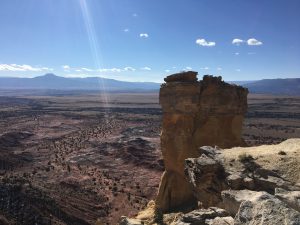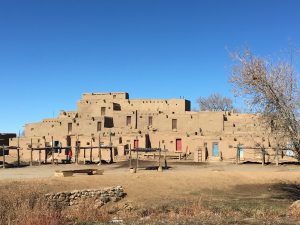
Taos, New Mexico, Dec 3 (EFE).- Which US state has the oldest capital, 75 percent of its roads unpaved and one of the largest concentrations of residents with doctorates in the country? The answer may be unexpected: New Mexico.
“Santa Fe is older than Boston,” emphasize the residents of the city founded in 1610 by Spaniard Pedro de Peralta as the seat of the “Kingdom of New Mexico” and which has remained the capital of the state since 1912.
The arrival of the Mayflower with the first “Pilgrims” from England on the northeastern coast of North America – considered by most to be the nation’s official founding date – did not occur for another decade, in 1620.
But the state has even older settlements that have been standing for almost 1,000 years, like the amazing Taos Pueblo, where beautiful adobe houses are still inhabited by more than 100 members of the Tewa tribe.
The famous Pueblo Revolt of 1680, led by the indigenous Pueblo people, broke out in Taos and resulted in the expulsion of the Spanish conquistadors for almost two decades. More than a century later, in 1847, the first American governor of New Mexico, Charles Bent, was deposed and scalped by a mob.

This remote and fascinating state gained popularity with the canvases of painter Georgia O’Keeffe, who retired in the 1940s to the beautiful and inhospitable desert.
Near Taos, at more than 2,000 meters (about 6,600 feet) above sea level, is the deep Rio Grande Gorge, along which are sprinkled towns with colorful Hispanic names such as Algodones and Española.
New Mexico’s extensive territory, which includes the southern desert, the imposing northern mountains and is crossed by the Rio Grande, was annexed to the US after the 1846-1848 Mexican-American War.
Nowadays, New Mexico is the US state with the highest percentage of Hispanics – 48 percent – and where the Spanish language is as important as English.
